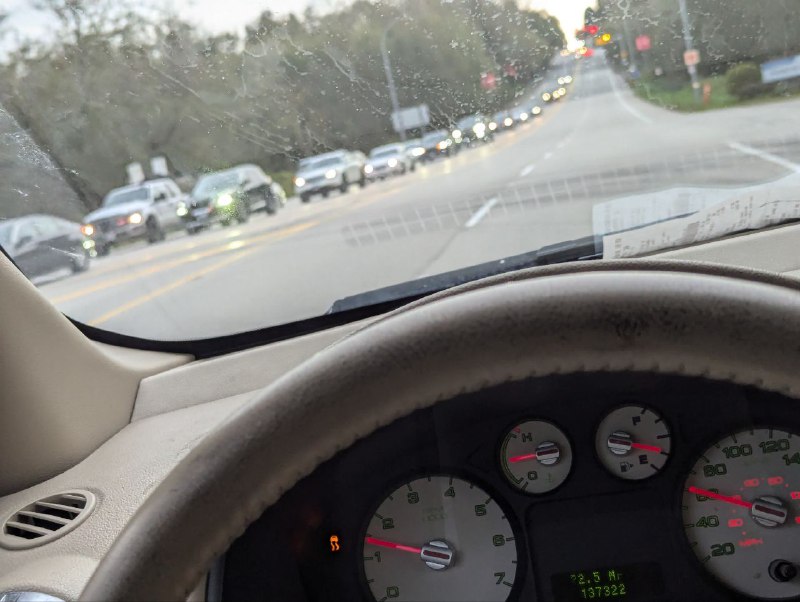Inflation Today
Corresponding chat and comments group: https://t.me/hyperinflationists
My econ shitpost channel: https://t.me/antiwagie
Podcast Episodes: t.me/TheAntiPodcast
Community chat: https://t.me/hamster_kombat_chat_2
Website: https://hamster.network
Twitter: x.com/hamster_kombat
YouTube: https://www.youtube.com/@HamsterKombat_Official
Bot: https://t.me/hamster_kombat_bot
Last updated 8 months, 1 week ago
Your easy, fun crypto trading app for buying and trading any crypto on the market.
📱 App: @Blum
🤖 Trading Bot: @BlumCryptoTradingBot
🆘 Help: @BlumSupport
💬 Chat: @BlumCrypto_Chat
Last updated 1 year, 1 month ago
Turn your endless taps into a financial tool.
Join @tapswap_bot
Collaboration - @taping_Guru
Last updated 8 months, 3 weeks ago

Always Counterflow ?️?
Smuggle stuff in... from where? If usa goes hyperinflation then where won't be splashed? Everywhere will be hit some what. The trick is to know the stuff you want in advance and smuggle it from the past into the future via your attic.
Saw a young family today, parents both healthy and good-looking, 2 great looking kids. For a moment I felt a twinge as I considered my being 60lb overweight and single. But then I realised - these losers will NEVER know the feeling of stacking Zcash and escaping Shekelstein's monetary system. They'll NEVER know what it's like to stack 94 ZECs and be on the way to 100, the pathetic scum.
*Reading this book is part of a larger project in trying to understand the structure of history and the dynamics that drive it. From that perspective this book is one of the most important ones I have read so far.
The chart in the first chapter provides a great overview of the phenomena he is trying to describe, and is worth googling. Over the course of the past 800 years prices of commodities and consumables have advanced through 4 great price revolutions.
The procession of the four price revolutions are:
- the twelfth century renaissance, the medieval price revolution, the crisis of the fourteenth century, ending with the equilibrium of the renaissance.
- the renaissance, the sixteenth century price revolution, the crisis of the seventeenth century, the enlightenment equilibrium
- the enlightenment equilibrium, eighteenth century price revolution, the crises of the early 19th century, ending with the victorian equilibrium
- the victorian equilibrium, the 20th century price revolution (which we are currently still in or have passed and are now in the crisis period?)
Each of these waves have similarities in social, cultural and economic trends. Before each price revolution, in the equilibrium era, real wages tend to be high (relative to the past), society is optimistic, rents and interest are low and crime is low relative to history. People start to get married earlier and have more children, leading to a growth in population.
This growth leads to rising demand and rising prices. Eventually people begin to notice that prices are rising higher than what they have been before. An inflationary mentality sets in and the actions of people reinforce inflation (and its consequences). Prices become more volatile as they approach the crisis era.
During the crisis period, there was historically a decline in population due to famine, disease, social turmoil, increased crime & substance abuse, and often revolutions. The crisis periods described by Fischer significantly overlap with Goldstone's Revolutionary periods and they describe similar mechanisms: strained government finances, increased inequality, low real wages. Fischer here differs from Goldstone and claims there was class conflict, rather than Goldstone's intra-elite conflict (Goldstone is more accurate in my view).
The crisis era results in later marriages, fewer children and therefore (eventually) higher real wages and more equality. This becomes the next renaissance, enlightment, etc.
There are many other trends and interesting observations for each price revolution and similarities between them. It makes the signal to noise ratio very high for such a short book.
He also outlines the changing character from period to period, which you could roughly attribute to the accumulation and institutionalization of better technologies and ideas. Each successive price revolution has higher inflation, is shorter, has less volatility. Each crises results in less death due to higher economic surpluses, but more social friction.
In order to explain why these trends come about he describes economies and societies as networks of people making decisions. These decisions are made within the confines of the current cultural, social, and economic reality and collectively create similar effects when people are faced with similar circumstances. He describes it as autogenous: the process creates itself. It is very similar to Peter Turchin's ideas (and others) of society as a system with endogenous dynamics.
Outlining history in this way makes you wonder where we are today in this great wave. You would be hard pressed to think we are not transitioning to the crisis period after the price revolution of the 20th century. Increased crime, substance abuse, lowest real wages (relative to the past 80 years), high inequality, social conflict.*
Canada rises??
Can confirm, picked up a £2000 French fur coat for £10
Community chat: https://t.me/hamster_kombat_chat_2
Website: https://hamster.network
Twitter: x.com/hamster_kombat
YouTube: https://www.youtube.com/@HamsterKombat_Official
Bot: https://t.me/hamster_kombat_bot
Last updated 8 months, 1 week ago
Your easy, fun crypto trading app for buying and trading any crypto on the market.
📱 App: @Blum
🤖 Trading Bot: @BlumCryptoTradingBot
🆘 Help: @BlumSupport
💬 Chat: @BlumCrypto_Chat
Last updated 1 year, 1 month ago
Turn your endless taps into a financial tool.
Join @tapswap_bot
Collaboration - @taping_Guru
Last updated 8 months, 3 weeks ago